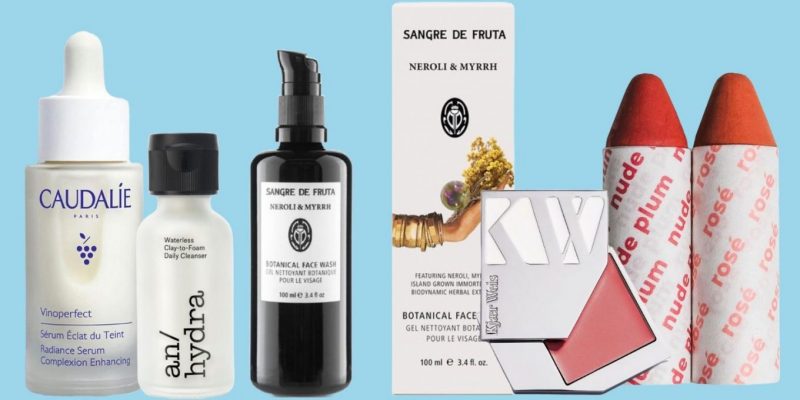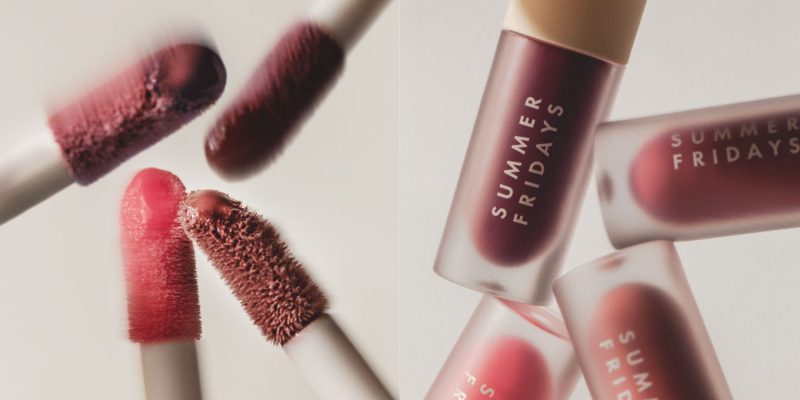Beauty
How an ELLE Canada beauty editor dealt with a surprising skin condition
Meet your match, melasma.
by : Carli Whitwell- Apr 18th, 2016

A few months ago, on a lazy, no-makeup Sunday, I was heading to the grocery store with my husband when he innocently asked, “what’s that on your forehead?”
Panicked, I grabbed my compact mirror and ran into my bedroom. (It has the best lighting in my condo). There it was. Not a pimple or a wrinkle. Worse. A pigmented patch of skin in the middle of my forehead. Truth is, I had noticed some shadows there before, but had assumed it was a trick of light or general redness after washing my face. But the crisp winter light – and a Google search – revealed all. It was melasma, a condition that causes discolouration of the skin.
Dermatologist Dr. Julia Carroll of Toronto’s Compass Dermatology has since confirmed my self-diagnosis and set me up on a treatment plan (my case is pretty mild, but more on that later). Because I’m obsessed with all things skin-related, she also took the time to explain melasma to me. Here’s what I learned.
Derms aren’t 100% sure why some people get melasma and some don’t. Typically people with darker skin are more susceptible. If a relative has it; you are more likely to, too.
But it mostly comes down to a combination of A) sun exposure and B) hormones, specifically estrogen. (This explains why melasma is more common in women than men and why pregnant women or women on birth control are also more likely to notice discolouration.)
Full disclosure: I’m on birth control and tanned all the time in my teens and 20s. Sigh. It turns out estrogen induces the release of MSH (Melanocyte Stimulating Hormone), which in turn stimulates an enzyme called tyrosinase. This enzyme controls the production of melanin (pigment).
Typically melasma occurs on the forehead, cheeks, on the upper lip. (That’s why it’s sometimes referred to as pregnancy mask, because it’s in the shape of a masquerade mask.)
So how, do you fix it? More on that next week. But I’ll leave you with this thought that I wish I knew when I was 15. Always wear sunscreen – that can stop melasma before it starts. Caroll recommends an SPF 50 of broad-spectrum (UVA and UVB) protection. “Don’t even look outside [at the weather], just use it every morning.”
Next in this series on melasma, Carli talks treatment.
READ MORE:
14 spray-and-go beauty products
25 beauty memes we will never get enough of
Newsletter
Join our mailing list for the latest and biggest in fashion trends, beauty, culture and celebrity.
Read Next

Beauty
10 Luxe Household Scents That Smell Amazing
Including Diptyque dishwashing liquid, Canadian-made room sprays and so much more.
by : Katherine Lalancette- Apr 17th, 2024

Beauty
10 Sustainable Beauty Brands to Know About This Earth Month
Refillable, Waterless and sustainable, oh my!
by : Allie Turner- Apr 17th, 2024

Fashion
This Jewellery Brand Has a Whole New Look And It’s Everything
Here are the seven pieces we’re coveting.
by : ELLE Canada- Apr 10th, 2024




